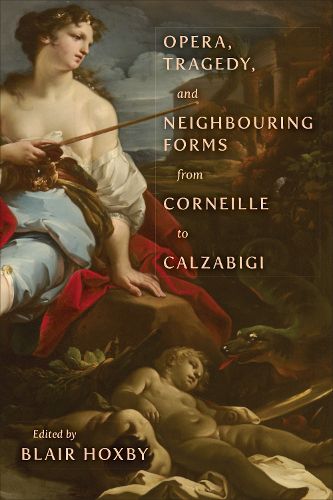Opera, Tragedy, and Neighbouring Forms from Corneille to Calzabigi

Opera, Tragedy, and Neighbouring Forms from Corneille to Calzabigi
Since the nineteenth century, some of the most influential historians have portrayed opera and tragedy as wholly distinct cultural phenomena. These historians have denied a meaningful connection between the tragedy of the ancients and the efforts of early modern composers to arrive at styles that were intensely dramatic.
Drawing on a series of case studies, Opera, Tragedy, and Neighbouring Forms from Corneille to Calzabigi traces the productive, if at times rivalrous, relationship between opera and tragedy from the institution of French regular tragedy under Richelieu in the 1630s to the reform of opera championed by Calzabigi and Gluck in the late eighteenth century. Blair Hoxby and his fellow contributors shed light on 'neighbouring forms' of theatre, including pastoral drama, tragedie en machines, tragedie en musique, and Goldoni's dramma giocoso. Their analysis includes famous masterpieces by Corneille, Voltaire, Metastasio, Goldoni, Calzabigi, Handel, and Gluck, as well as lesser-known artists such as Luisa Bergalli, the first female librettist to write for the public theatre in Italy. Opera, Tragedy, and Neighbouring Forms from Corneille to Calzabigi delves into a series of quarrels and debates in order to illuminate the history of seventeenth- and eighteenth-century theatre.
This item is not currently in-stock. It can be ordered online and is expected to ship in approx 2 weeks
Our stock data is updated periodically, and availability may change throughout the day for in-demand items. Please call the relevant shop for the most current stock information. Prices are subject to change without notice.
Sign in or become a Readings Member to add this title to a wishlist.


